Exploring Beatniks and the Beat Generation Legacy
The Beat Generation emerged in the late 1940s, gaining prominence in the 1950s. They rebelled against post-war America’s conformity, advocating for adventure, freedom, and personal truth. Meeting in New York City’s Columbia University, key figures like Kerouac, Ginsberg, and Burroughs formed the core of this movement. Influential women, including di Prima and Johnson, also played crucial roles, contributing to the group’s dynamic and diverse perspectives.
This examination of the Beat Generation‘s counterculture highlights its mix of influential literature, social change, and distinctive fashion. Focusing on key figures such as Jack Kerouac, Allen Ginsberg, William S. Burroughs, and influential women like Diane di Prima and Joyce Johnson, it reveals how they challenged societal norms and significantly impacted our culture during the 1940s and 1950s.
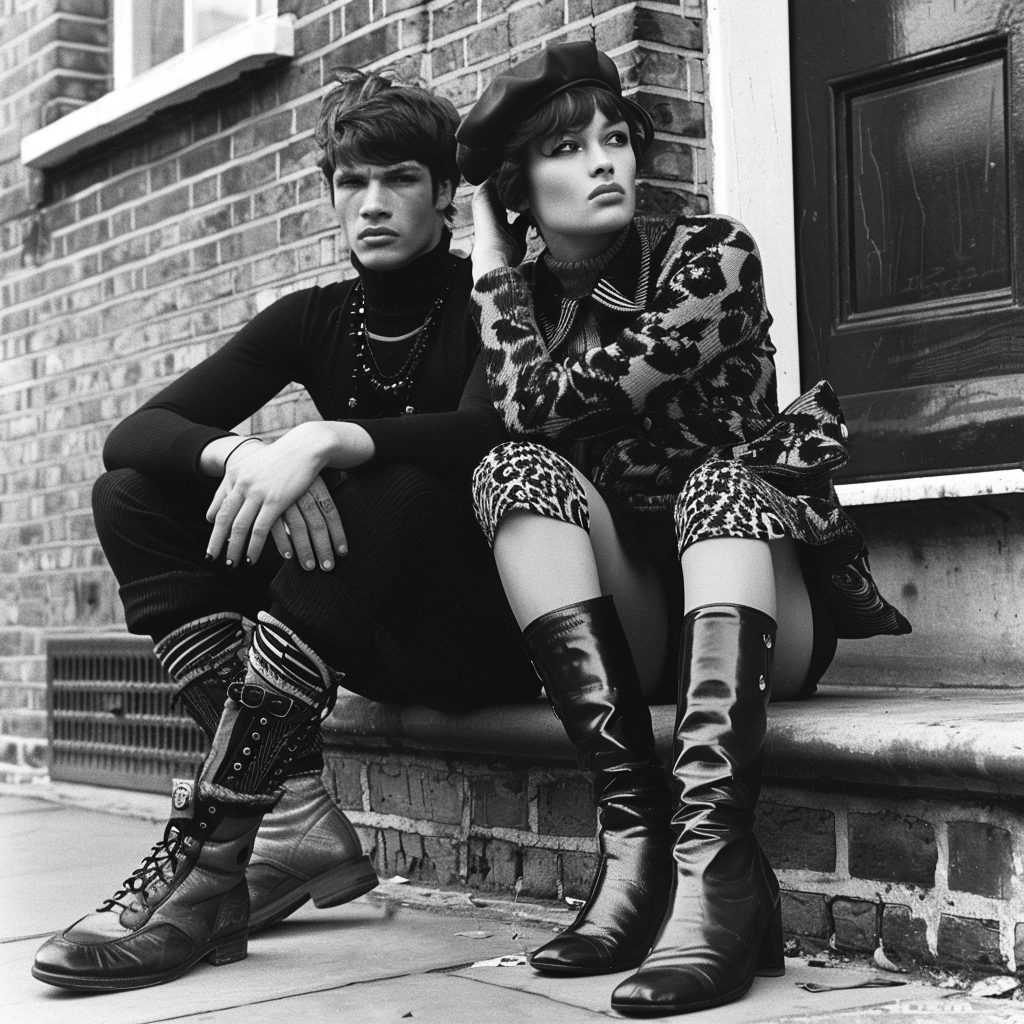
The Beats’ works and lifestyles challenged personal and societal barriers, diving into the gritty realities of life and the quest for authenticity. Each figure in this movement contributed to the Beat’s desire for real freedom and expression, leaving a lasting legacy on American culture.
Who Were the Beatniks?
The Beatniks were a group of American writers and artists prominent in the 1950s and early 1960s who were part of the Beat Generation, a movement known for its rejection of mainstream American values. The term “Beatnik” was coined by San Francisco columnist Herb Caen, derived from the slang term “beat” used by the group and the Russian suffix “-nik” used in “Sputnik.” The term came to represent a stereotype of the Beat Generation, often portrayed in media as disaffected, eccentric young people with an interest in jazz, poetry, and unconventional dress.
Key figures in the Beat movement included Jack Kerouac, who wrote “On the Road,” a novel that became synonymous with the Beat ethos of seeking spiritual liberation and rejecting materialism through spontaneous road trips across America. Allen Ginsberg, another central figure, penned the poem “Howl,” which critiqued the conformism and psychic fragmentation of American society. William S. Burroughs, author of “Naked Lunch,” also explored themes of addiction and social control, further defining the literary boundaries of the movement.
Women were also influential in the Beat Generation. Diane di Prima, a poet and writer, contributed significantly with works like “Memoirs of a Beatnik” and “Revolutionary Letters,” exploring themes of personal freedom and political activism. Joan Vollmer, though not as widely published, was a central figure in the Beat community and influenced many of its key male members. Joyce Johnson, author of “Minor Characters,” provided a unique perspective on the Beat movement, highlighting the often overlooked contributions and experiences of women within the group. Hettie Jones, an editor and writer, played a crucial role in shaping the literary landscape of the Beat Generation with her memoir “How I Became Hettie Jones” detailing her life within the movement.
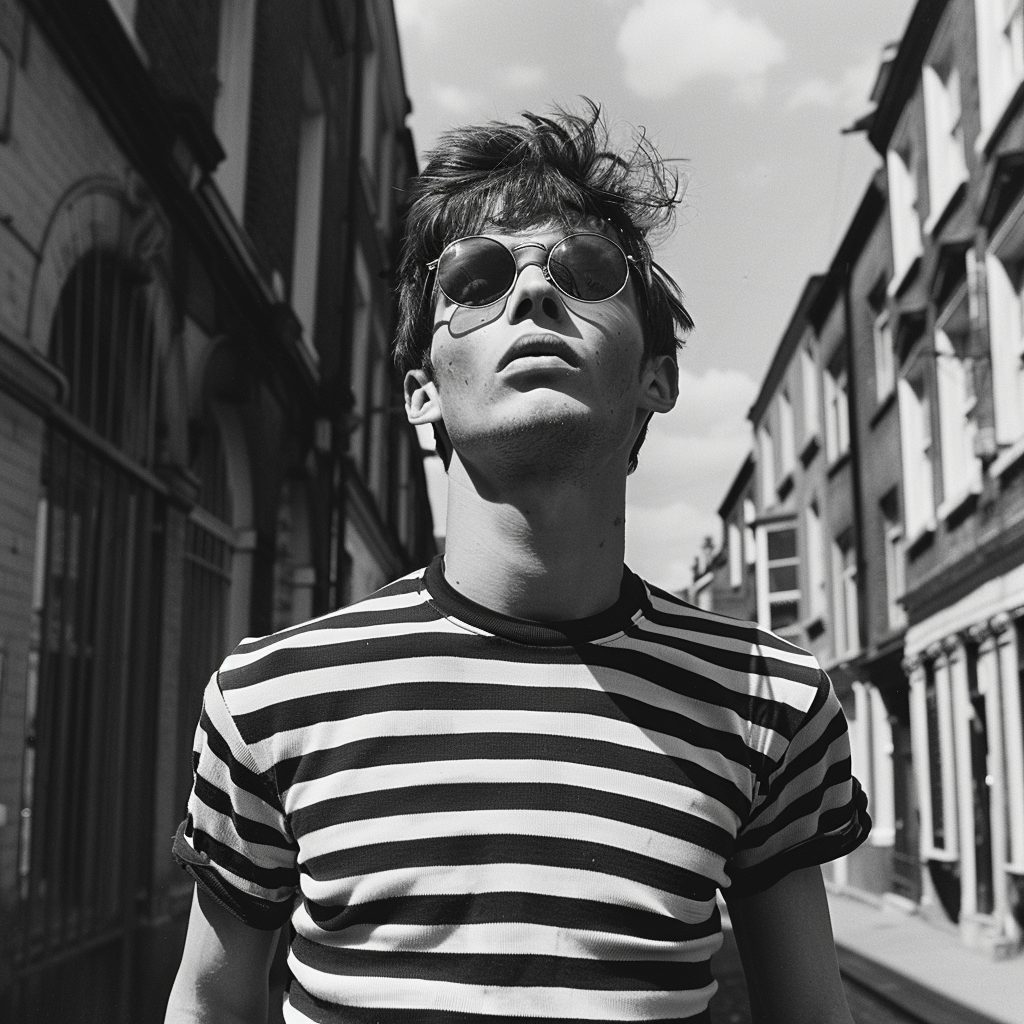
The Beatniks often gathered in coffee shops, bars, and art galleries, forming communities in New York City’s Greenwich Village and San Francisco’s North Beach district. They were influential in setting the stage for the 1960s counterculture movements, embracing an open, exploratory approach to life and spirituality, and they were pivotal in altering the narrative of literature and art in the mid-20th century by breaking away from traditional forms and subjects.
The Beatniks weren’t just about books; they sparked bigger social changes. They inspired activism for civil rights, the environment, and peace. This influenced modern-day activism in a big way.
They not only wrote and protested – their fashion was also iconic. Think berets, black turtlenecks, and cool sunglasses. Their style showed their stance against the mainstream.
The Beat Generation also thirsted for something deeper. Many explored Buddhism and other spiritual paths for truth. This spiritual quest added a rich layer to their literary works.
The Beats were innovators in storytelling too. They broke from tradition with personal, confessional styles. This opened the path for new ways of telling stories.
Their lifestyle was one of spontaneity and uniqueness. They rejected the usual way of life. This spirit of freedom and being different continues to inspire some today.
The Beat Generation’s impact is still felt today. Their writings inspire deep thinking and the search for truth. Their fashion and hair choices symbolize a spirit of breaking away from the crowd.
Today, their message of individuality, change, and artistry is a beacon. It encourages us to question norms and value creative freedom.

The Beat Generation’s Literary Contributions
The Beat Generation was known for its powerful literature that captured the heart of the counterculture. Jack Kerouac is a standout for writing “On the Road”. This novel is a classic in Beatnik literature, focusing on a search for meaning. It shows the freedom and struggle against societal rules through the adventures of its main character.
Allan Ginsberg was another important Beat Generation writer. His poem “Howl” was groundbreaking. It explores both personal and societal repression of himself and others. The poem’s deep emotion and message made it a symbol for those seeking freedom from oppression.
William S. Burroughs is also key for his novel “Naked Lunch”. This book challenges the norm with its focus on drug addiction and society’s darker sides. Using new storytelling methods, Burroughs broke fresh ground in literature. He made a lasting impact with his innovative approach.
The Beat Generation’s Impact on Society
The Beat Generation started a cultural movement. It was different from the norm and stood for personal freedom and uniqueness. They went against the materialistic ways and tried to live freely.
Beats wrote and fought for things like civil rights, peace, and nature. They wanted to change the world by speaking against unfairness. Their work and actions are still remembered today, showing their lasting influence.
The Beats stood against the mainstream tide, using their words to inspire a generation to challenge the status quo and strive for a better world renowned for its authenticity and inclusivity.
The Beat Generation still influences our world today. Their thoughts and actions are a guide for those who want to see change and make things better. They made people question what’s normal, inspiring others to work for fairness and freedom.
Beatnik Fashion and Hairstyles
Beatnik fashion and hairstyles stand as symbols of the Beat Generation. They were embraced by those who wanted to challenge usual culture. This group aimed to show their rebellious spirit.
Beatniks had a unique way of dressing that included items like berets and black turtlenecks. These choices helped them look different and stand out. By wearing these things, they made it clear they were not following the usual rules of society.
“Fashion is not something that exists in dresses only. Fashion is in the sky, in the street, fashion has to do with ideas, the way we live, what is happening.” – Coco Chanel
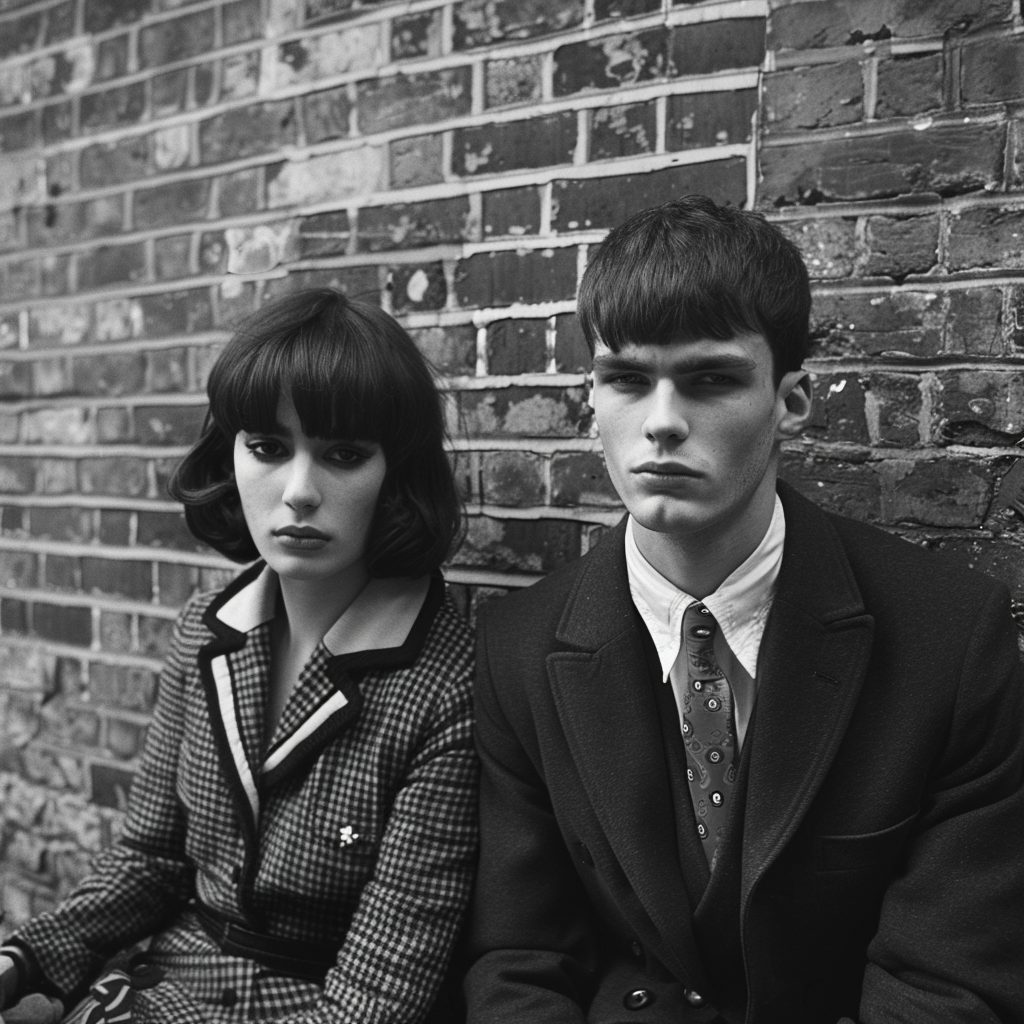
Unlike others, Beatniks didn’t stick to conservative fashions. They chose a casual and unique style to show their rejection of common values. Their dress code symbolized their wish to live a life free from what was considered normal by society. They valued showing who they truly were over fitting in.
Hair was key in the Beatnik movement, too. Both men and women were known for their long, messy hair. This style helped them show they didn’t care for societal rules. Their wild hair reflected their wish to be true to themselves without the pressure of conforming.
The Influence of Beatnik Fashion and Hairstyles
Today, Beatnik fashion still inspires. Its elements are often seen as symbols of being true to oneself and going against what’s usual. This style has encouraged later generations to value their own unique qualities. It has shown them it’s okay to not always follow the crowd.
The Search for Authenticity and Spiritual Quests
The Beat Generation was all about finding real authenticity and searching spiritually. They wanted to find experiences that were more than just on the surface. This led them to look deep inside, questioning what was widely accepted in society.
They looked for unique spiritual paths. Many Beatniks found comfort and new ideas in Buddhism and similar Eastern beliefs. Their spiritual journeys aimed at uncovering deep truths about themselves and the world.
“We were looking for something more. We didn’t know precisely what it was, but we knew that it was out there, waiting to be found,” poet and Beat icon Allen Ginsberg recalls.
The Beat Generation expressed their deep thoughts and personal spiritual findings through their writing. Their work was not just about them. It was a reflection on the world’s search for purpose, amidst growing greed and a focus on things.
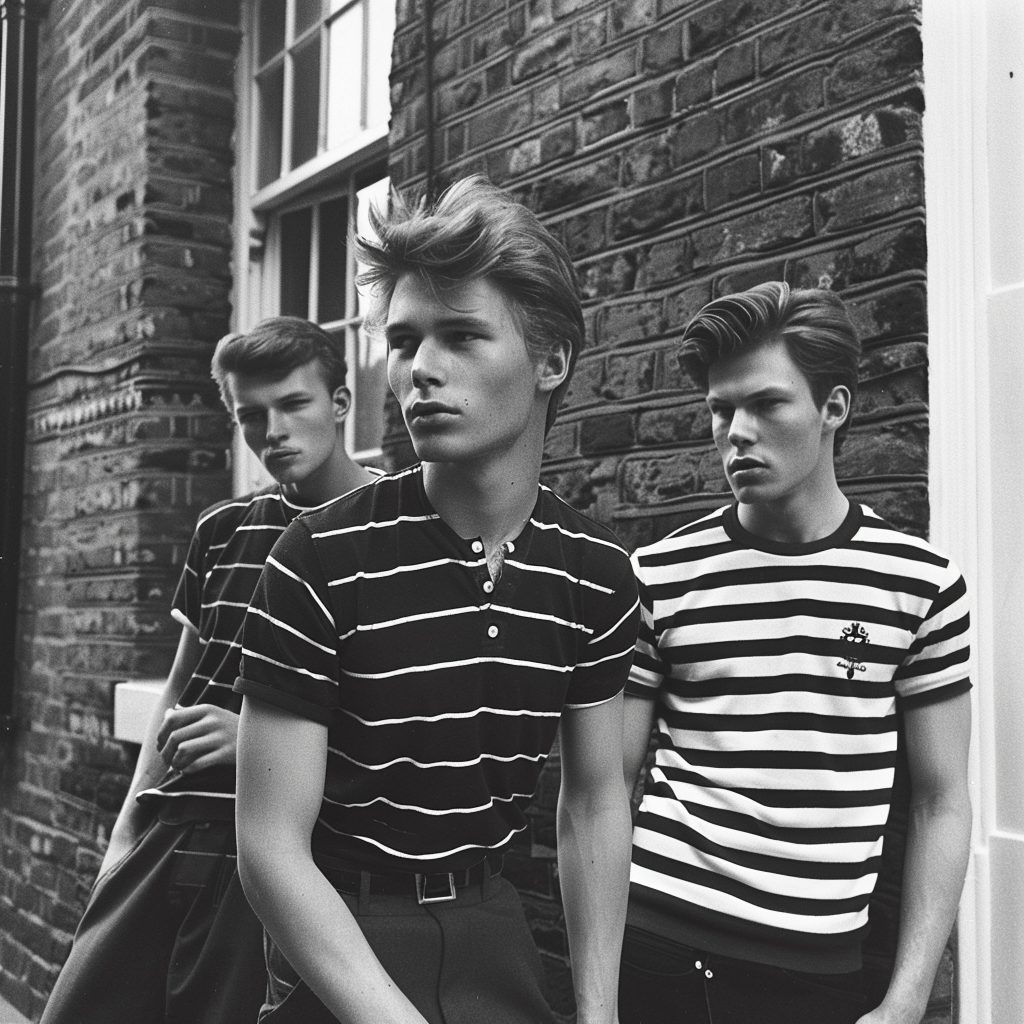
They were against the values of their materialistic culture. Instead of chasing after money or social status, they wanted to connect with a truth that was deeper and richer. Something that went beyond just the physical.
One of their famous poets, Jack Kerouac, believed that life itself is the journey. For them, going beyond the physical world was where the true story of life could be found. This idea captures the essence of their search for what was real and spiritually fulfilling.
In a world that often pushes conformity and buying things, the Beat Generation’s message is strong. They remind us that inside, many people long for a connection that is real and meaningful. Their quest for the true and the genuine still inspires people today, inviting all to search for their path to real authenticity.
The Beat Generation as Literary Innovators
The Beat Generation was a group of writers that changed the game. They brought a whole new approach to writing. By daring to be different, they influenced later writers to think outside the box.
What made the Beats unique was how they infused their work with their own lives. They blurred the line between facts and fiction. This gave their writing a personal touch not seen before.
The Power of Personal Expression
They used their own experiences to create art that touched the soul. Their words were honest and direct. This approach revealed the raw truth of being human like no one had before.
“We were burning, burning, burning with the most painful love that was ever given to a generation.” – Jack Kerouac
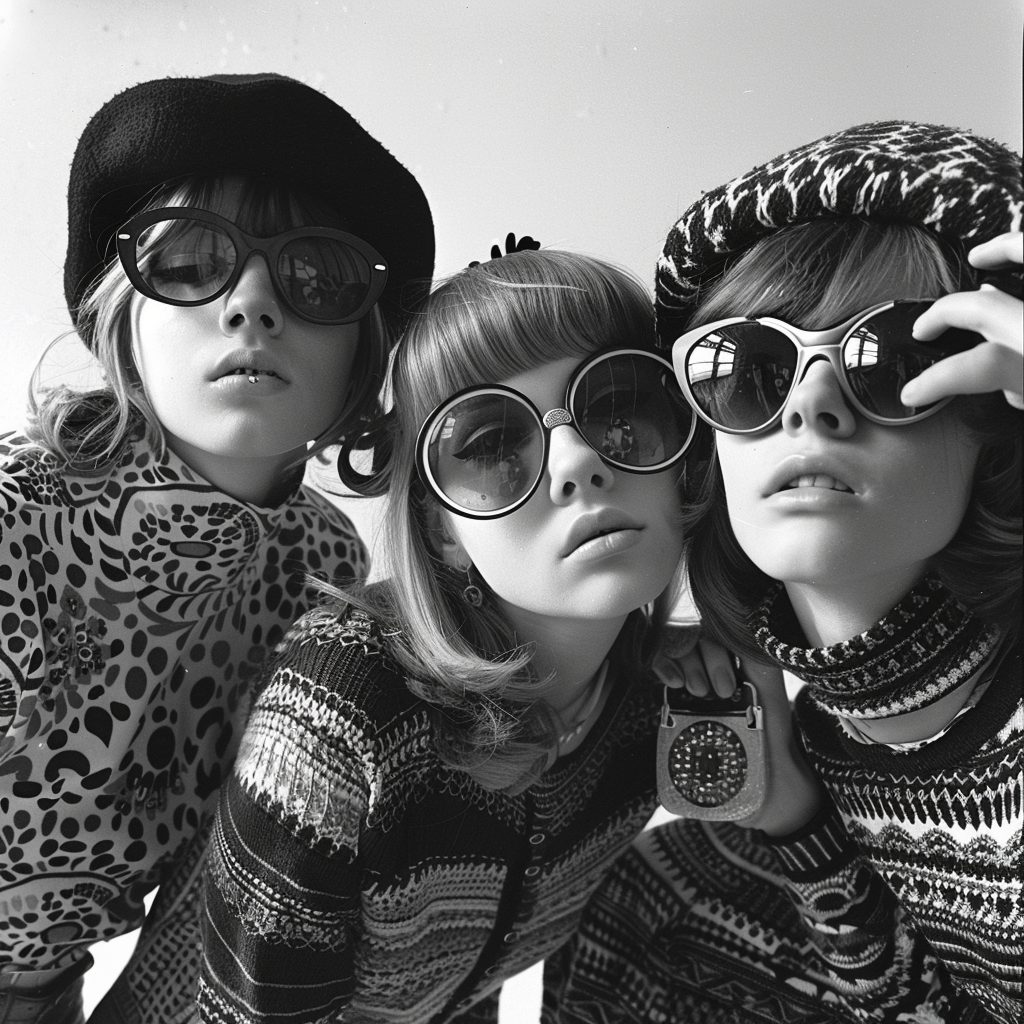
The Beats believed that writing was a journey. It was a way to dig deep into what makes us all human. Love, loss, and finding oneself were common themes in their work.
Breaking Free from Literary Norms
The Beats said no to the usual rules of writing. They wanted to shake things up. By doing so, they broke free from society’s norms and the usual literary rules.
They played with how stories are told, using styles new to literature. This included writing as thoughts come, using looser grammar rules. They mixed in the rhythm of jazz to make their writing feel alive.
A Lasting Impact
Their influence is hard to miss. It opened the door to literary movements in the 1960s and beyond. They inspired others to be unafraid and to tell stories in their own way.
Even today, their spirit lives on in writers who dare to be different. The Beats brought a fresh, open spirit to writing. They continue to encourage creators to strive for honesty and new, creative ways to share their stories.
The Beats did more than write books. They sparked a movement that celebrates personal truth. That courage and creativity remains their greatest legacy.
The Beats’ Rebellion Against Conventional Society
The Beat Generation, including Jack Kerouac, Allen Ginsberg, and William S. Burroughs, rebelled against post-war America’s norms. They rejected traditional values, preferring a life of self-expression and freedom. This movement challenged society’s assumptions and norms, seeking to live authentically.
These trailblazers pursued personal and creative freedom, defying mainstream society. Through their writing and art, they expressed a longing for true happiness over material wealth. Their goal was to break free from society’s constraints, embracing individuality and spontaneity.
Allen Ginsberg highlighted the need to fight for freedom to truly gain it. This idea captures the spirit of the Beats’ defiance against the norm. They offered a different vision of success, one not tied to the material world, inspiring others to choose their own paths.
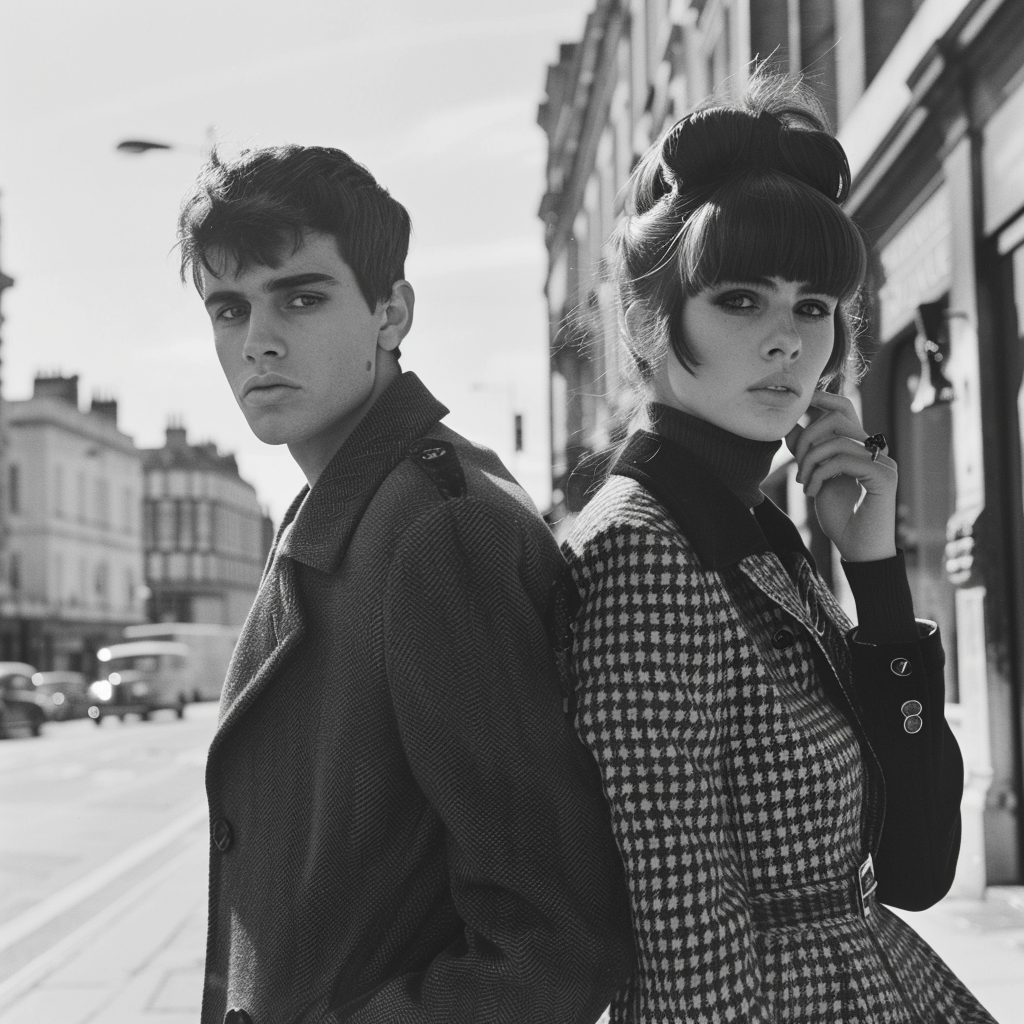
The Counterculture Movement
The Beatniks’ rebellion laid the groundwork for the counterculture movement of the 1950s and 1960s. This movement wasn’t just about creative expression but also about significant societal and political change. It stood against the Vietnam War, fought for civil rights, and criticized consumerism.
Their defiance supported later waves of social change, encouraging future generations to challenge authority. The Beats’ explorations inspired a culture of creativity and nonconformity, shaping the world we live in today.
“The only way to gain your freedom is to fight for your freedom.” – Allen Ginsberg
The Beats’ fight against conformity remains relevant as we strive to find our place in society. Their legacy shows us that choosing individuality and creativity can make the world richer. It’s a lesson in living true to oneself and pursuing dreams, no matter what the world expects.
The Beats as Cultural Icons
The Beatniks and the Beat Generation are known worldwide for their impact on culture. They are admired for their rebellious nature and love for art. Their influence reaches beyond their era, inspiring artists, musicians, and writers even today.
Their works are still loved, often considered must-reads for those challenging the norm. Jack Kerouac, Allen Ginsberg, and William S. Burroughs changed literature. They became icons by pushing boundaries with their deep, provocative writing.
“The only people for me are the mad ones, the ones who are mad to live, mad to talk, mad to be saved, desirous of everything at the same time, the ones who never yawn or say a commonplace thing but burn, burn, burn like fabulous roman candles exploding like spiders across the stars and in the middle you see the blue centerlight pop and everybody goes ‘Awww!'” – Jack Kerouac, On the Road
The Beats’ way of life was captivating. They chose non-traditional paths, sparking society’s interest. By living differently, they encouraged others to embrace their uniqueness. Their movement was all about being true to oneself and striving for change.
Today, the Beatniks and the Beat Generation’s legacy challenges societal norms. Their love for originality, rebelliousness, and authenticity reminds the world that creative expression can change things. They are still recognized for reshaping culture with their innovative ideas.
The Ongoing Impact on Art, Music, and Literature
The Beats left a big mark on more than just literature. They influenced musicians, visual artists, and filmmakers, pushing them to experiment. Their dedication to freedom in art inspired many to find new ways to express themselves.
In the music scene, artists like Bob Dylan and Patti Smith showed the influence of the Beats. They echoed Beat ideals in their work, which resonated throughout the industry. The pursuit of honest, authentic expression became a pillar of music, thanks to the Beats.
The visual art world also felt the Beats’ influence, as seen in the works of Andy Warhol and Jean-Michel Basquiat. They too challenged art’s norms, showcasing the Beats’ impact on creative freedom. Their groundbreaking methods defied tradition, just like the Beats.
The Beatniks and the Beat Generation also forever changed literature. Their unique writing style and choice of topics inspired new generations of writers. They taught the world to be brave in storytelling and to challenge common beliefs.
The Beats are more than just historical figures; they are symbols of freedom and creativity. Their contributions to various arts continue to inspire people today. They show us the lasting power of artistic freedom and the significance of the counterculture movement.
The Enduring Legacy of the Beat Generation
The Beat Generation was a group of writers and rebels who changed culture. Their famous works include “On the Road” by Jack Kerouac, “Howl” by Allen Ginsberg, and “Naked Lunch” by William S. Burroughs. These books still capture readers’ hearts today, showing the search for realness and a deeper look at life.
These writers didn’t just shake up literature. They also influenced how people dress. The Beatnik style, with its berets, black turtlenecks, and cool sunglasses, is still popular. It’s a reminder of their unique spirit and continues to shape fashion.
The Beat Generation stood out by valuing being different, making the world better, and creating new art. They didn’t follow society’s rules, but instead fought for personal freedom and went against the norm. Their courage in tackling big topics and supporting important movements like civil rights leaves a lasting impression. It pushes us still to challenge what’s expected.
Their impact proves how powerful being true to yourself can be. As their works and ideas keep influencing us, the Beatniks inspire each new era. They urge us to be real, make the world brighter, and welcome everyone. Their story teaches us the amazing change one group can make on society.